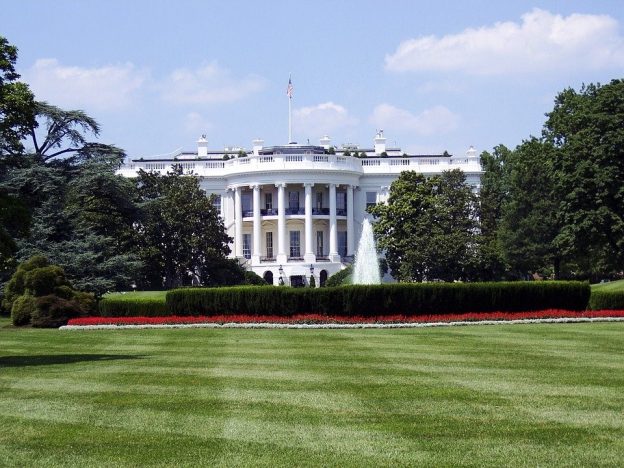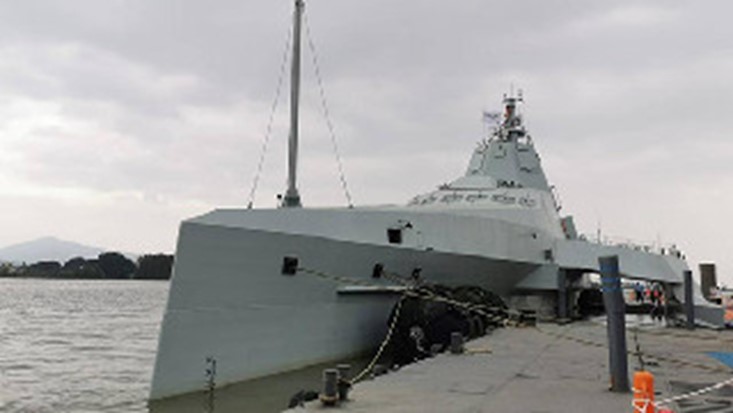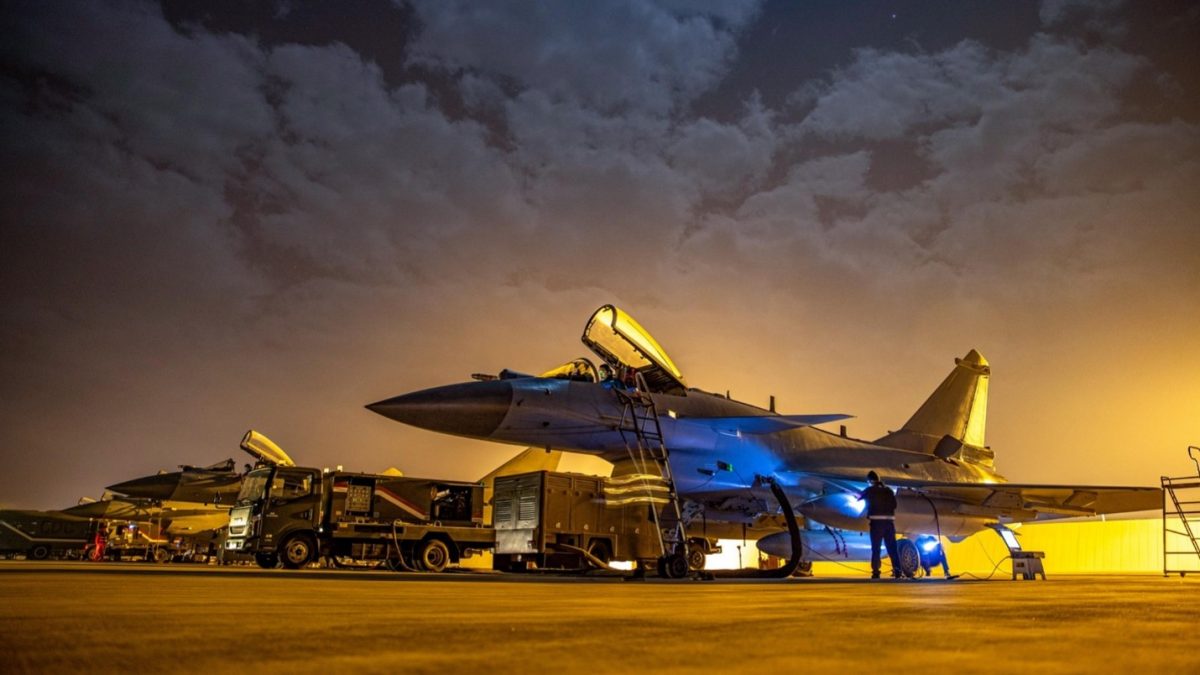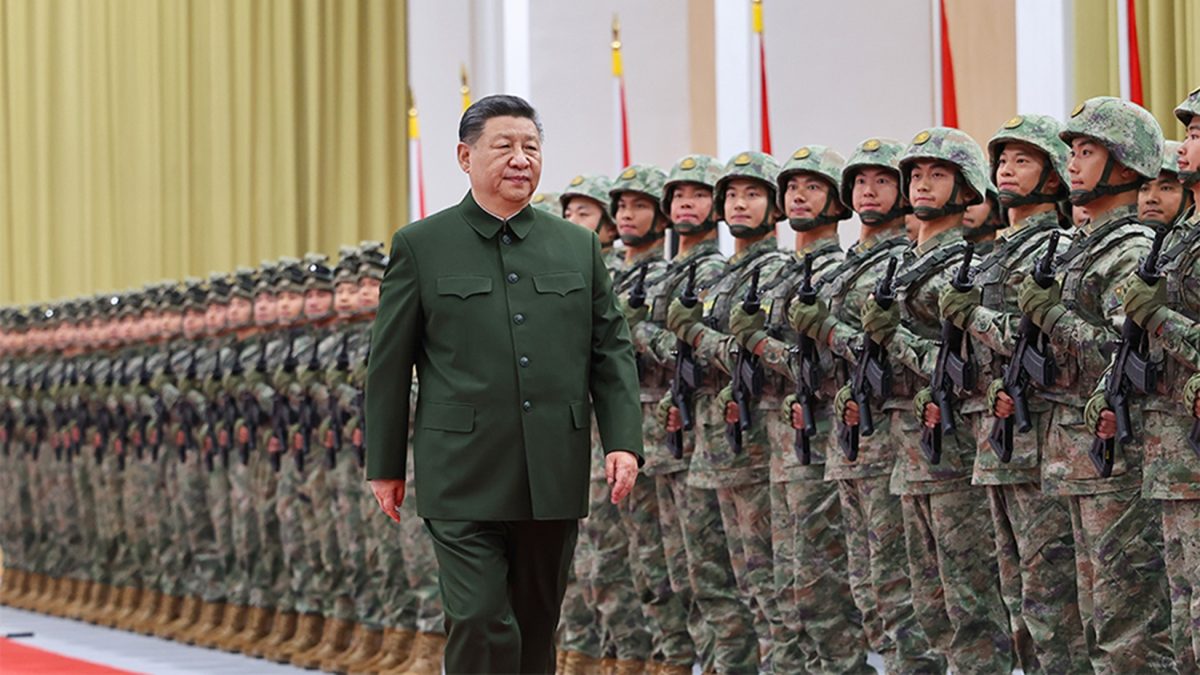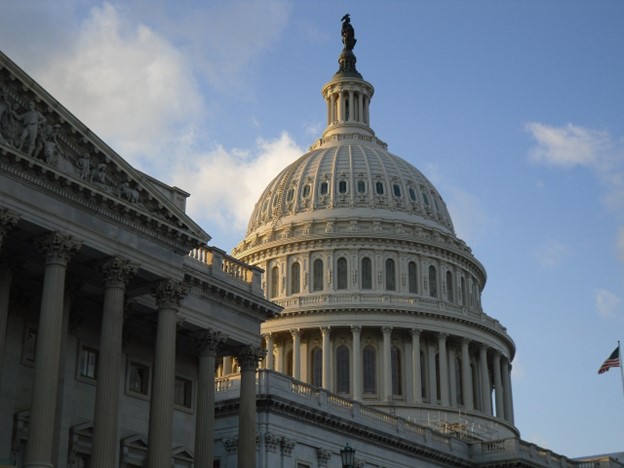During the Biden Administration, there were deep and justified concerns that official agencies of the federal government were being used to suppress lawful opposition. One of the measures included spying on members of Congress. The Department of Justice’s own Office of Inspector General has reviewed that charge, and has found there is merit to it. We present the executive summary of that report.
A Review of the Department of Justice’s Issuance
of Compulsory Process to Obtain Records of
Members of Congress, Congressional Staffers, and
Members of the News Media
In the spring and summer of 2017, CNN.com (CNN), The New York Times, and The Washington Post published articles containing classified information, some of which was classified as Top Secret/Sensitive Compartmented Information. In May and June 2021, multiple news media outlets reported that, in 2020, the Department of Justice (Department or DOJ) issued compulsory process to obtain non-content communications records of reporters at CNN, The New York Times, and The Washington Post in an attempt to identify the sources of the leaked classified information. The reported revelations sparked widespread concern, including from the news media, that the Department’s use of compulsory process was an encroachment on the news media’s ability to report on government activities.
Concerns also were raised about the Department’s use of non-disclosure orders (NDO)—sought by the Department and issued by federal courts—that prevented the reporters and newsroom leadership from learning about the use of compulsory process to seek reporters’ non- content email records.2 Such NDOs could prevent reporters and news media companies from having an opportunity to challenge the compulsory process in court.3 Concerns also were expressed that the NDOs impeded the news media’s ability to report on the orders, thereby hindering public scrutiny of the government’s activities.4 In addition, the news media was troubled by the Department’s lack of notice prior to issuance of the compulsory process because in 2014 and 2015, in the wake of a controversy stemming from similar efforts by the Department to obtain reporters’ communications records, the Department issued new guidelines that presumptively favored prior notice to and negotiation with the affected parties when the Department sought records of members of the news media to allow the affected parties to challenge any request and negotiate the scope of the records sought.
On May 21, 2021, President Joseph Biden stated that the practice of subpoenaing news media records to identify reporters’ sources was “simply, simply wrong,” and he would not allow it.6 On June 5, 2021, the Department announced it would no longer “seek compulsory legal process in leak investigations to obtain source information from members of the news media doing their jobs.”
Shortly after the Department’s announcement, news media outlets reported that the Department used compulsory process to obtain records of Members of Congress and congressional staffers in connection with the alleged unauthorized disclosure of classified information. In response to this reporting, Members of Congress expressed concerns that their records had been obtained for political reasons and/or that issuing the compulsory process violated the separation of powers between the executive and legislative branches of government.8 Similar to the news media’s criticism, Members of Congress also voiced concern about the use of NDOs to prohibit the communication service providers from disclosing the existence of the compulsory process.
On June 11, 2021, the DOJ Office of the Inspector General (OIG) initiated a review to examine whether the Department’s use of compulsory process to obtain communications records of Members of Congress and affiliated persons and members of the news media in certain investigations of alleged unauthorized disclosures of classified information to the news media complied with Department policies and procedures, and whether there was evidence that compulsory process seeking non-content records of Members of Congress and congressional staffers was sought based on party affiliation.
This report summarizes the results of our review and describes the Department’s use of compulsory process to obtain records of Members of Congress, congressional staffers, and members of the news media in four criminal investigations into the unauthorized disclosure of classified information that were opened in 2017.
The Department did not charge anyone in these investigations with unauthorized disclosure of classified information, and all four of the investigations are now closed.
As described in this report, we make several findings regarding the Department’s use of compulsory process to obtain non-content communications records of Members of Congress and congressional staff and members of the news media. With respect to Members of Congress and congressional staff, which are the focus of Chapter Two, we found the Department issued compulsory process for the non-content communications records of 2 Members of Congress and 43 individuals who were congressional staffers at the time the articles containing the classified information were published as part of the investigations to identify the sources of the leaked classified information. Both Members of Congress were Democrats, and of the 43 congressional staffers, 21 worked for Democratic Members of Congress or the Democratic staff of a congressional committee or congressional leadership office, 20 worked for Republican Members or the Republican staff of a congressional committee or congressional leadership office, and 2 worked in nonpartisan positions for congressional committees. All of the Members and staffers whose records were sought became aware of the classified information in connection with their congressional responsibilities. For most of the staffers, the basis for the Department’s decision to include them in the pool of possible leakers (subject pool) was that the Department or a U.S. Intelligence Community agency determined that they had been provided, consistent with their job responsibilities, access to the classified information by the Department, a U.S. Intelligence Community agency, or another congressional staffer, or may have otherwise gained access to the information; the decision to issue compulsory process was based in most instances on the close proximity in time between that access and the subsequent publication of the news articles.
During the relevant timeframe of this review, the Department did not have a policy that expressly or clearly addressed the use of compulsory process to obtain from third parties the communications records of Members of Congress or congressional staffers, or the use of NDOs in connection with such compulsory process. Further, Department policy did not require any supervisory approval, including by senior Department officials, before a prosecutor issued such compulsory process or sought an NDO in connection with such process.
The Department’s decision to compel the production of non-content communications records of Members of Congress and congressional staffers implicated the constitutional rights and authorities of a co-equal branch of government. Although Members of Congress and congressional staff are not immune from prosecution for criminal conduct, including the unauthorized disclosure of classified information, and we did not find any evidence of retaliatory or political motivation by the career prosecutors who issued the compulsory process for non-content records that we reviewed, we believe that using compulsory process to obtain such records when based solely on the close proximity in time between access to the classified information and subsequent publication of the information— which was the case with most of the process issued for non-content communications records of congressional staff in the investigations we examined—risks chilling Congress’s ability to conduct oversight of the executive branch because it exposes congressional officials to having their records reviewed by the Department solely for conducting Congress’s constitutionally authorized oversight duties and creating, at a minimum, the appearance of inappropriate interference by the executive branch in legitimate oversight activity by the legislative branch. Moreover, even non-content communications records—such as those predominantly sought here—can reveal the fact of sensitive communications of Members of Congress and staffers, including with executive branch whistleblowers and with interest groups engaging in First Amendment activity.
We also determined that the Department obtained 40 NDOs related to the compulsory process that was issued for records of Members of Congress and congressional staffers, most of which were renewed at least once, with some extended for up to 4 years. The NDO applications filed with the courts—both in original and renewal applications—relied on general assertions about the need for non-disclosure rather than on case-specific justifications. Department policy permits prosecutors to make boilerplate statements in applications. However, Department policy also expects that in the later stages of investigations, applications will include more specific facts relevant to the requests “as available” to extend non-disclosure. The renewal applications in these investigations, including a renewal application filed in August 2021 after news broke about the Department’s issuance of compulsory process for congressional records and after the Department determined that a former congressional staffer on whom one of the investigations had focused likely did not leak the classified information, contained the same boilerplate assertions about the need for non-disclosure that were contained in the original applications. Additionally, DOJ policy in effect at the time did not require the NDOs filed with the courts to reference, and they did not reference, the fact that they related to requests for records of Members of Congress or congressional staffers.
In November 2023, the Department substantially revised its policy on congressional investigations (Congressional Investigations Policy) to require, among other things, approval of the Department’s Public Integrity Section and the U.S. Attorney before issuing compulsory process to a third party for records of a Member of Congress or congressional staffer when related to the staffer’s duties and before seeking NDOs in connection with such compulsory process. The revised policy also stated that the Public Integrity Section “should” notify the Criminal Division’s Assistant Attorney General of approvals, although it did not unambiguously require similar notice to the Deputy Attorney General or Attorney General. Although we believed the revised Congressional Investigations Policy represented an improvement over prior policy, we were concerned that it still lacked a provision clearly requiring senior level DOJ notification to ensure that senior leadership would be able to consider and decide matters potentially raising constitutional separation of powers issues. This report therefore recommends that the Department evaluate when advance notification to a senior Department official, such as the Deputy Attorney General or Attorney General, should be required before compulsory process is issued, and any corresponding NDOs are sought, for records of a Member of Congress or congressional staffers and establish, as necessary, implementing policies and guidance. We also recommend that the Department consider the circumstances in which NDO applications and renewals should identify for the reviewing judge that the records covered by a proposed NDO are records of Members of Congress or congressional staffers.
After reviewing a draft of this report that included these recommendations, the Department revised applicable DOJ policies in September 2024 in response to the concerns we identified. The newly revised Congressional Investigations Policy now requires the Public Integrity Section (PIN) to notify the Criminal Division’s Assistant Attorney General of all consultations and approvals undertaken by PIN in connection with investigations involving Members of Congress or congressional staffers, including concerning the issuance of compulsory process to a third party for the communications records of a Member of Congress or congressional staffer and related NDOs.
The newly revised policy also makes explicit that, prior to taking one of the enumerated investigative steps specified in the policy, including issuing compulsory process and related NDOs for records of Members of Congress or congressional staffers, the U.S. Attorney’s Office or other prosecuting component must file an “Urgent Report” to Department leadership, including the Attorney General and Deputy Attorney General.
At the same time, the Department also revised the Urgent Reports Policy to explicitly add “investigations involving elected or appointed officials” to the list of circumstances that require urgent reporting when there are major developments.12 The Department also revised applicable DOJ policy to require that, in cases where an NDO would delay notice to a Member of Congress, congressional office, or a congressional staffer, the prosecutor must disclose this fact in the application filed with the court.
Our review also observed that while the Department’s former and current News Media Policy requires the government, with some exceptions, to exhaust all reasonable avenues to obtain the information sought from non-news media sources before seeking approval to issue compulsory process for news media records, no similar exhaustion requirement exists in the Department’s revised Congressional Investigations Policy. Consistent with the News Media Policy’s exhaustion requirement, DOJ prosecutors issued compulsory process for records of Members of Congress and congressional staffers approximately 3 years before issuing similar process for records of the news media.
Accordingly, we recommend that the Department consider whether there are circumstances in which a similar exhaustion requirement should be a prerequisite for issuing compulsory process to obtain records of Members of Congress and congressional staffers.
With respect to compulsory process to obtain communications records of members of the news media, which is the focus of Chapter Three, the Department has emphasized the need to “ensure the highest level of oversight” when using this investigative tool. However, in the three investigations we examined as part of this review in which compulsory process was issued for non-content communications records of members of the news media, we found that the Department complied with some but not all of the then applicable provisions of the News Media Policy. Specifically, we found that the Department failed to convene the News Media Review Committee to consider the compulsory process authorization requests; the Department did not obtain the required Director of National Intelligence (DNI) certification in one investigation, and we were unable to confirm whether the DNI certification it obtained in another investigation was provided to the Attorney General before he authorized the request; and the Department did not obtain the Attorney General’s express authorization for the NDOs that were sought in connection with compulsory process issued in the investigations. Given the important interests at stake, we were troubled that these failures occurred, particularly given that only a few years had elapsed since the Department substantially overhauled its News Media Policy in 2014 and 2015 following serious criticisms concerning the Department’s efforts to obtain communications records of members of the news media. Having once again revised its News Media Policy to address this most recent criticism, the Department must make every effort to ensure full and exacting compliance with its new policy in the future.
Photo: Pixabay

